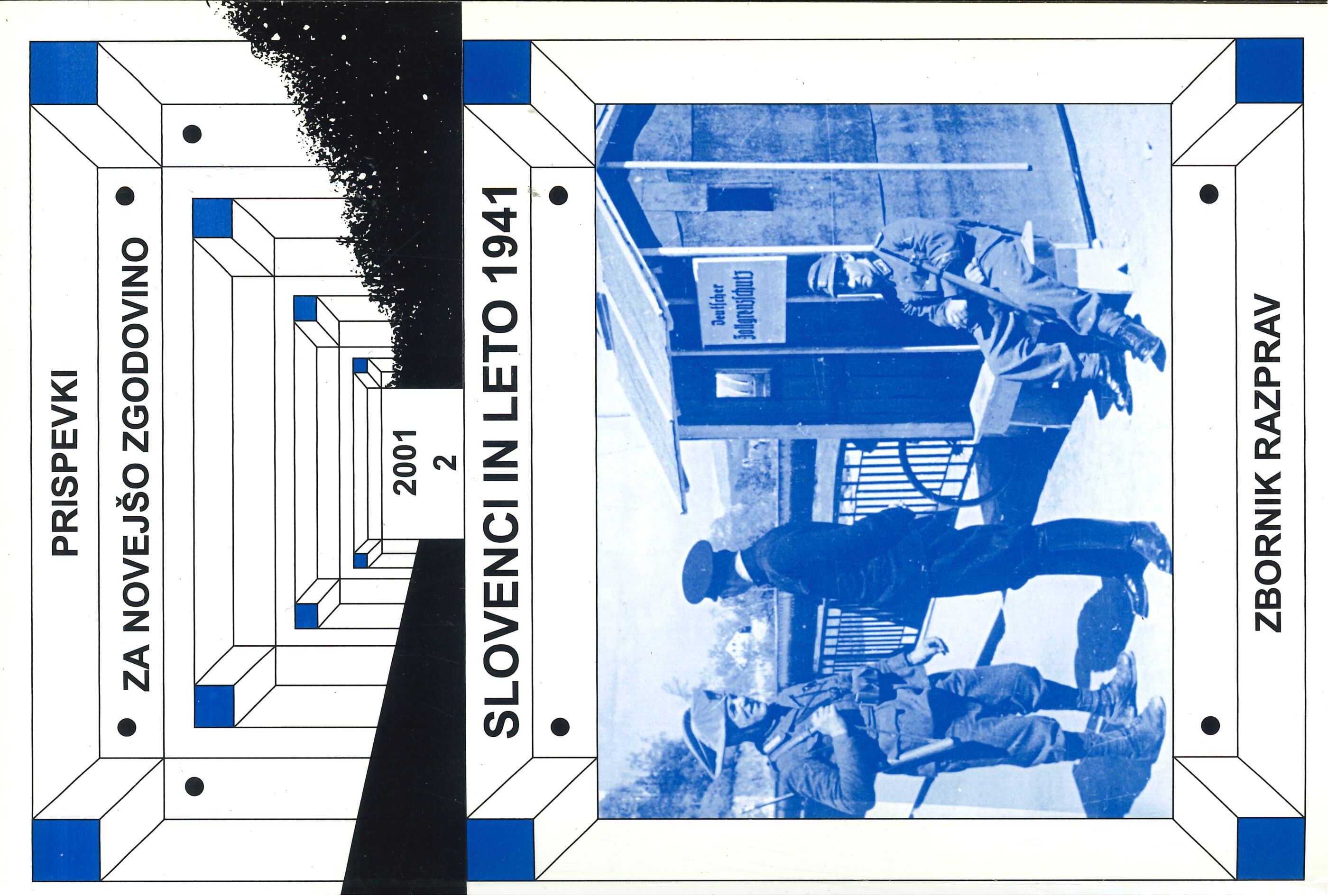Vprašanja oboroženega odpora 1941
Ključne besede:
druga svetovna vojna, odporniško gibanje, NOV in PO Slovenije, partizaniPovzetek
Oboroženi odpor okupacijskim silam, ki je bil eden prvih v Evropi, se je na Slovenskem začel julija 1941 pod vplivom KP Jugoslavije in v njenem okrilju KP Slovenije. Čeprav je bil namenjen lastnim političnim ciljem in podpori obrambe Sovjetske zveze, pa ga je odporniška organizacija Osvobodilna fronta opredelila kot način za nacionalno osvoboditev in združitev z etničnimi območji, ki so bila del nemške in italijanske države. Odporniške enote so nastajale od julija 1941, skupaj 41 enot po imenu čete, v moči od 15 do 50 partizanov. Bile so pomanjkljivo oborožene, uporabljale so gverilsko taktiko, vendar pa so poskušale izvesti tudi nekaj večjih operacij, npr. preprečiti izganjanje slovenskega prebivalstva v Posavju oktobra 1941. Organizatorji odporniškega gibanja so si prizadevali spodbuditi širšo vstajo slovenskega prebivalstva, kar jim je prvič v večjem obsegu uspelo decembra 1941 na Gorenjskem, ko se je v partizanske enote vključilo v razmaku dveh tednov okoli 700 novih borcev.
Prenosi
Objavljeno
Številka
Rubrika
Licenca
Avtorji prispevkov, objavljenih v tej reviji, soglašajo z naslednjimi pogoji glede avtorskih pravic:
- Avtorji ohranijo avtorske pravice, reviji pa odobrijo pravico do prve objave. Delo se hkrati zaščiti z licenco za prosto uporabo avtorskih del (Creative Commons Attribution License), ki drugim osebam omogoča deljenje dela ob priznanju avtorstva in prve objave v tej reviji.
- Avtorji lahko sklenejo ločene dodatne pogodbene dogovore za neizključno distribucijo različice dela, objavljene v reviji, (npr. oddaja v institucionalni repozitorij ali objava v knjigi) z navedbo, da je bilo delo prvič objavljeno v tej reviji.
- Pred postopkom pošiljanja in med njim lahko avtorji delo objavijo v spletu (npr. v institucionalnih repozitorijih ali na svoji spletnih strani), k čemer jih tudi spodbujamo, saj lahko to prispeva k plodnim izmenjavam ter hitrejšemu in obsežnejšemu navajanju objavljenega dela (glej The Effect of Open Access).


